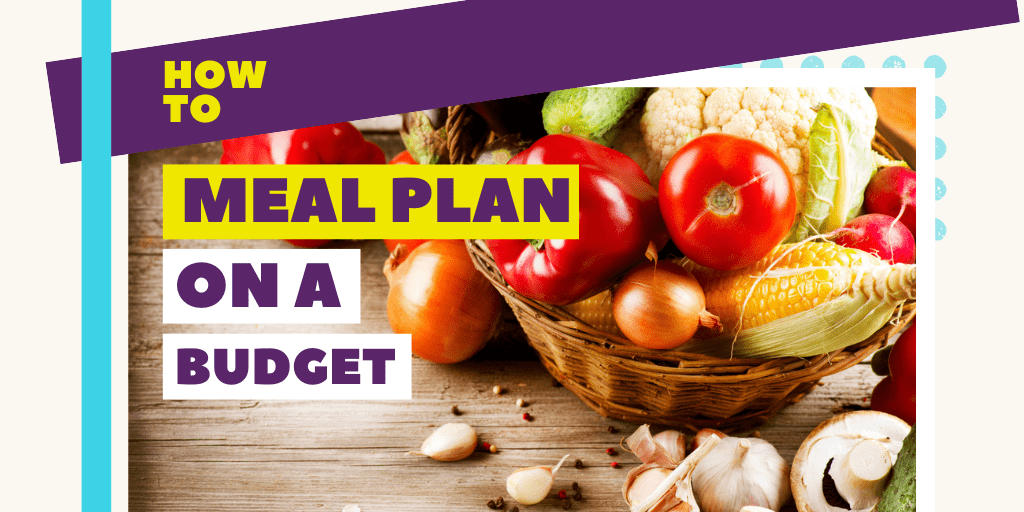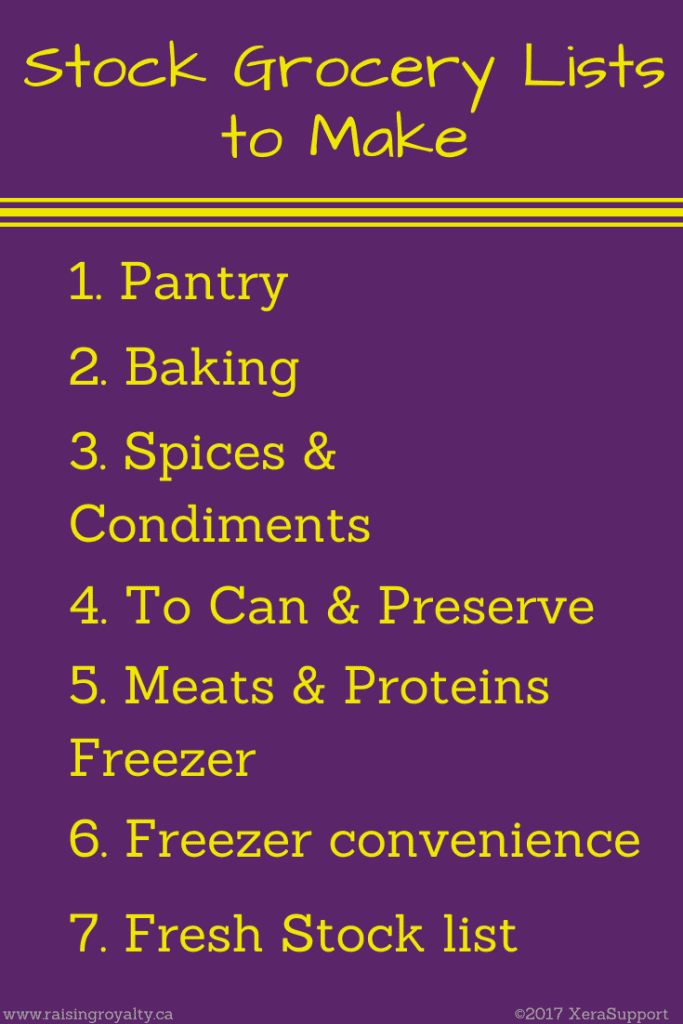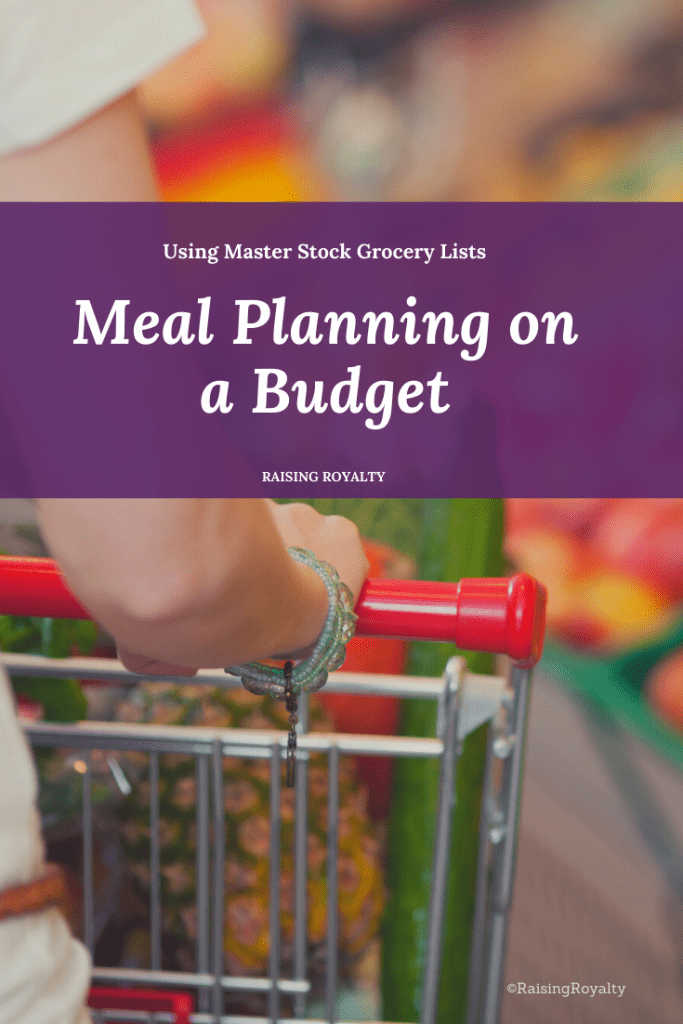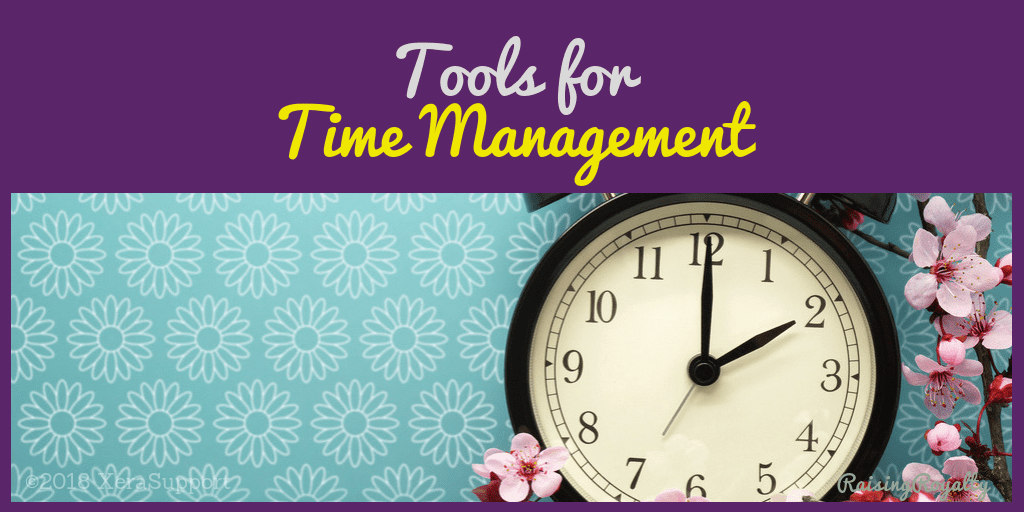

Staying on top of your budget and still keeping food on the table is a constant juggling act. Menu planning can be incredibly helpful, especially when things are getting more expensive. When you meal plan, you can not only make sure you have everything you need to feed your family, but you can keep track of your spending too. Here’s how to meal plan affordably.
How to meal plan on a budget
There are two ways to meal plan affordably. You can flyer & coupon shop, or you can plan ahead and bulk buy.
Flyer & Coupon Shopping
When you meal plan affordably using your local flyers, you’re creating menus based on what’s on sale. This means that your menu can vary wildly from week to week, and you’re counting on having good deals on foods you can use being there. One the one hand, this way of planning creates a great variety in your diet. And if you have no food allergies or preferences, it can be a fun way of menu planning.
However, meal planning based on the flyers can mean that sometimes items you need to use foods on sale cost you more. And flyer-based menu planning can be impossible if you have any kind of food allergy or diet issues.
Bulk Buying Menu Planning
When you meal plan affordably from your pantry, you’re creating menus based on what you already have in stock — and you’re shopping based on what you know you will use in the future. You can still shop sales and use coupons, but you avoid issues with last-minute missing ingredients.
It can take a little bit to build up enough pantry stock to make bulk buying menu planning possible. So it can be financially difficult for a bit. However, there’s a way to make it a little easier using the Practically Painless Menu Planning system, and creating a master list.
How does creating a master list help?
How does the Master List translate to grocery shopping? The same way it does to planning the menu. With a Master List of meals, you’ll have a Master List of grocery items. Keep your kitchen stocked with your Grocery Master List, and you’ll always be able to make a meal, with minimal stress.
And that means meal planning on a budget is easy!
Three Master Lists to Make
In the Practically Painless Meal Planning System, we create three master meal lists for each meal of the day, plus one more for snacks. Then there are the three Grocery Master Lists you’ll need to create with your Meals Master List: the pantry stock, the freezer stock and the fresh stock lists.
The Pantry Stock list will include all those items you put in your cupboards, from canned goods to condiments, seasonings to baking supplies.
The Freezer Stock list includes all those items you put in your freezer — meats, convenience foods, and any “fresh” items that work frozen, such as frozen fruits, vegetables and breads.
The Fresh Stock list is for those items that need to be refrigerated, and can’t be frozen or are used too frequently to make freezing practical: yogurt, eggs, cheeses, fresh produce, etc.
The Master Pantry Stock list
This is probably the easiest one to determine and maintain. Subdivide this list into three as well: canned goods, baking supplies, and condiments & seasonings.
Canned Goods
Canned goods include everything you get in a can or a jar, from pasta sauce to canned peas. You can get soups, baked beans, corn, jams, jellies, pickles, and even some meats in canned form.
If you are someone who does a lot of home canning and preserving, your Pantry Stock list will probably become most important when you’re planning a garden and what you will want to preserve.
Having a minimum amount of these items in your pantry at all times will make cooking and meal planning easier. I recommend having the minimum stock you need to make at least 3 meals at all times.
Miscellaneous pantry items
Other pantry items would include things like drink mixes, coffee & tea. You’ll also want cereals and spreads, like peanut butter or sandwich spreads. Don’t forget grains like pasta and rice, crackers and tortillas, breads and buns, and other carb-like foods. And this list should also include snack foods.
Keep a minimum amount always on hand to reduce your stress.
Your baking supplies list
Baking supplies will include any and all things you need to bake with, obviously. Flours, sugars, baking powder and soda, flavorings for baking such as vanilla extract, corn starch, cocoa, oils and shortening, and anything else that you use on a frequent basis for baking go on this list.
Don’t forget mixes, or the ingredients to make your own mixes, such as for pancakes, waffles, cakes, or muffins. Personally, I recommend shopping for most of these items at a bulk food store, and keeping a minimum container amount always in stock. Then you would mark on your list to repurchase when you refill or get low.
Seasonings & Condiments List
Seasonings and condiments are the items you’ll keep around the longest. Basic herbs and spices lists can be found many places. Maybe you’ll prefer to grow fresh herbs.
Other condiments include things like ketchup and mustard, dressings and meat flavorings, and bouillon and broth. You’ll want to build up a stock to keep in the back of the pantry, so you never run out. .
Having a Master Pantry Stock list helps keep the last-minute runs to the grocery store — and its associated impulse spending — to a minimum. And that’s a huge part of meal planning on a budget.


The Master Freezer Stock list
This list will mostly cover the main entree portion of your grocery lists. Not all of what goes on your Freezer Stock list is bought at a store, though. You can make a lot of what goes into your freezer on a prep day.
Meats & veggie entrees
You’ll want to have a wide selection always on hand. Ground meats are the most versatile, so keep a minimum for at least 3 meals always on hand. You may want a couple of roasting cuts as well. Defrosted, roasts can double as stew or crockpot meat.
My personal list includes at least 10 lbs of chicken breasts, 10 lbs of pork chops, 8-10 lbs of ground meat, and 1-2 roasts (chicken, pork or beef, depending on sales). Your list may vary, according to your family’s tastes and eating habits.
If these amounts of food alarm you, please remember, I’m feeding 7 people. So your amounts will depend on the number of people in your family. Generally, you’ll want at least 1 lb of meat per 2 adults & 2 children. Sometimes it can depend on portion sizes too. But if you pay attention to your favorite recipes, you can get a general idea of how much you should keep on hand.
Freezer meals & convenience packs
Next, you may want to keep a few convenience food packages on hand — or your homemade version of them. Fries (prepackaged or homemade blanched and frozen), pizzas and casseroles are always useful.
These can come in handy on days when you have a houseful of sick people (or are ill yourself), or when you’re just too tired to cook for whatever reason. I recommend at least one of each type of convenience package you may use to be always on hand.
Don’t forget those freezable stock foods such as frozen vegetables, breads and bagels, deserts and snacks, or premade breakfast items like muffins and pancakes. Frozen fruits and vegetables can be cheaper than canned or fresh, and they can be almost as healthy as fresh foods.
Whether you make them from scratch or buy them, having them in the freezer means keeping those last-minute shopping trips to a minimum. It’s all about planning ahead.
The Master Fresh Stock list
The Fresh Stock list includes all the fridge and counter foods your family uses. From fresh produce, to dairy to bread, your Fresh List is the one that will probably have to be the most closely managed. This is the one that may change the most frequently as well.
If you garden, your Master Fresh Stock list will have fewer items. To save money, try co-ops, shopping at farmer’s markets, or even delivery services. Cheaper bread and baked goods can be found at factory outlets, if you’re fortunate enough to live in an urban area. Check into buying direct from local farms for things like eggs or vegetables. And, if you have the time, you can make your own fresh items, such as yogurt, butter, bread, or cheese.
Extra items on your list
The final section of your grocery list will be those items that are extra. As you plan your meals for the week or month, most of the ingredients for your menu’s recipes will be in your stocked supplies. So as long as you note replacements as you use them, you’ll never be without an essential item.
But some recipes need things you won’t use often. It may be a seasoning you use once-in-a-blue-moon, or a vegetable that’s only available certain times of the year. Maybe it’s a craving for something you wouldn’t ordinarily make.
When you make your meal plan for your calendar, note down anything special you need to get, so that you have it when you need it.
Take advantage of sales
Having a Stock Grocery List means that you can really take advantage of sales. When you know what you regularly use and get, and those items go on sale or you find a good coupon, you can buy in bulk.
Buying in bulk might mean a higher up-front cost, but a lower cost per person for each meal. For example, my favorite brand of canned soup is generally $1 per can, and I need 3 cans to make a meal. So for us, this makes a meal of soup & crackers come out at approximately $1/person. But if I can buy those cans on sale at 50 cents a can, then my cost is down 25% per person!
And you won’t necessarily overspend your budget, because your pantry or freezer is already stocked. You can skip buying some other things to make room financially. Meal planning really helps your budgeting!
It doesn’t take long.
Meal planning can seem tedious, but the impact on your time, energy and budget is enormous. It’s well worth the effort. My Practically Painless Meal Planning system takes a lot of the work out of meal planning. Once you have everything set up, the longest time commitment is the actual grocery shopping. List making, menu planning and calendaring everything is only minutes a week.
Read part 1: Meal Planning: The Master List
Here’s part 2: How to make a Meal Plan Calendar





Pingback: Meal Planning: the Calendar and the Meal Plan ~ Raising Royalty